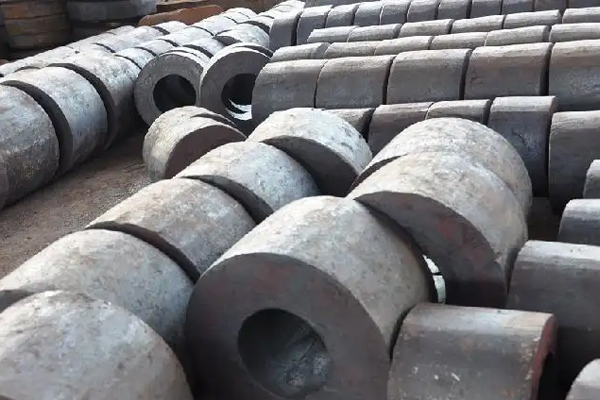Forgings belong to the building materials industry, its use is more widely, from the concept of: forgings is the metal is applied pressure, through plastic deformation to shape the required shape or the appropriate compression force of the object.
Forging is the use of the forging equipment to the forging forming of bar stock, generally unable to forging a more complex artifacts, need large processing capacity, but forging structure is compact, not prone to internal defects, so it is widely used in demanding parts processing, such as seats, valve core, valve stem, in high pressure and strong corrosion alloy valve, forging the body also is widely used.
Compared with castings, the body of forged valves has more uniform structure, better density, better strength integrity, better dimensional characteristics, and less dimensional error. Directional construction (pipeline) has higher performance than castings in terms of overall strength and stress.
High strength - Hot forging promotes crystallization and grain refinement, allowing the material to achieve maximum possible strength and consistency with minimal variation from part to part. Particles flow precisely along the body profile. These continuous streamlines help to reduce the incidence of fatigue or common faults.

Structural integrity - Forging eliminates internal defects and produces a coherent and consistent metallographic structure, ensuring excellent performance. Forgings provide long service life and trouble-free service where stress and in-crystal corrosion are a serious problem.
Reliability - Structural integrity Forging eliminates internal defects and produces a coherent and consistent metallographic structure, ensuring excellent performance. Forgings provide long service life and trouble-free service where stress and in-crystal corrosion are a serious problem.
Quality assurance - Through the use of forgings, with their consistency and high quality, the need for X-rays for class 1 cast parts is eliminated. The U.S. Navy holds the same attitude when using forgings as components on nuclear submarines and aircraft carriers. All ASME Code requirements for forgings are ultrasonic inspection (U.T.), magnetic particle inspection (M.T.) or liquid penetration test (P.T.). Scrap forgings found by U.T.,M.T., or P.T. methods are very rare. Components are purchased with controlled delivery times, so valve delivery is more reliable.
Directional configuration of valve body - creep fatigue strength is more than 3 times higher than that of the casting under the condition of large temperature changes.
The company's main flange, forging, forging processing, any questions or need to welcome to inquire and negotiate.
Post time: Mar-24-2022
